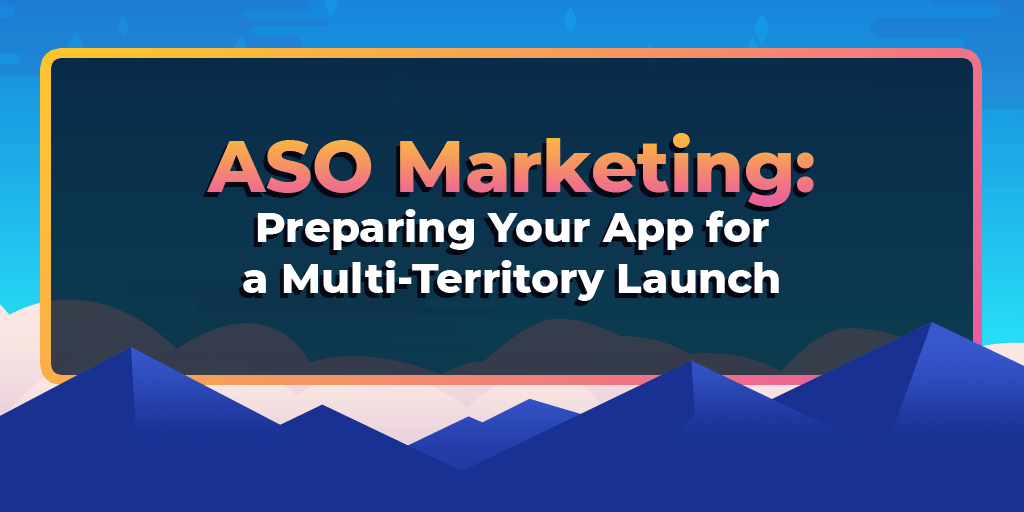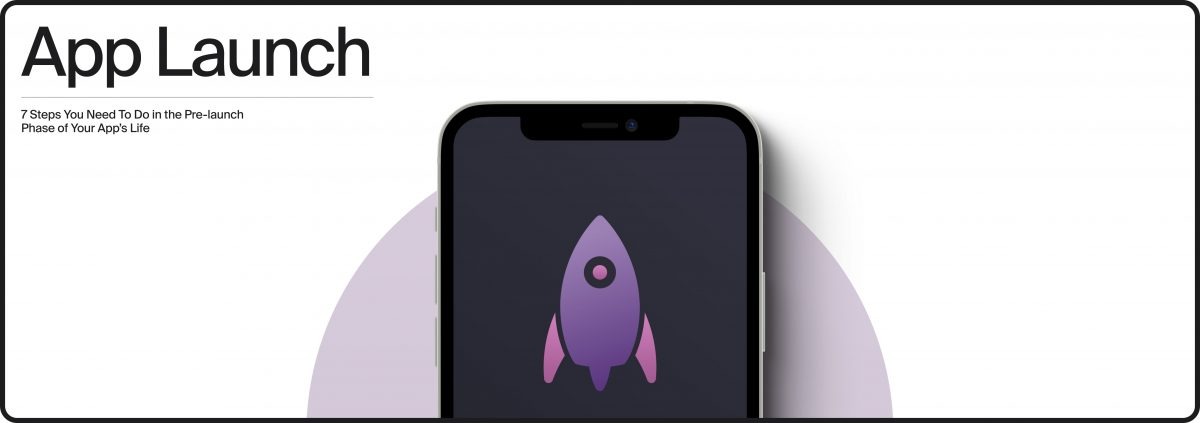ASO marketing (App Store Optimization) involves the strategies and best practices for driving visibility and installs, such as optimizing the on-page assets, off-page metadata, and launching paid campaigns too. An effective ASO strategy can help an app rank well on the app stores and gain downloads from the moment it launches. This can work for each territory it’s available in, so long as it’s prepared properly.
ASO can begin in tandem with the app development so that its marketing is ready to go at launch. This can involve researching metadata trends, preparing effective creative elements, and localizing for the territories you are launching in. When developers are creating an app that will launch in multiple territories, they should prepare all aspects of the app for optimization and localization in each region.
Preparing Metadata for Launch
One of the first things you need to consider during app development is the metadata for the app. By preparing the metadata ahead of time, you’ll help your app hit the ground running and begin indexing for important keywords early on.
This matters because the app store algorithms look at keywords to determine organic search rankings. This includes the title, subtitle and keyword bank for iOS apps, and the title, short description, and long description for Google Play apps. Targeting high volume and relevant keywords can help marketers increase the number of terms their app ranks for.
As the majority of app discovery occurs through search, app marketers should be sure to include keywords that align with what terms users search for when seeking an app like theirs.
It is also important to note that keywords will vary between territories, so it’s important to research keyword volume in each region. Even for regions that speak the same language, keywords may be used differently. For instance, “takeout” maybe a high-volume term for food delivery in the US, but that keyword has little volume in the UK. Instead, food delivery apps there should target “takeaway,” which is the preferred term. Targeting a keyword that users are not searching for will not provide positive results, so it’s important to know the right terminology and keywords for each region.
As an app gains installs from searches for specific keywords, it will notify the App Store and Play Store algorithms. This can help increase how well an app ranks for those terms, thus increasing its overall visibility. By preparing keywords in advance, developers can help their app index for keywords early and accelerate growth from launch.
Designing Creatives
One important element of an app listing is the creative set. Creatives (including the icon, screenshots, and video) are among the first things users see when they find an app in search results or on its page, so informative and engaging ones improve your chances of gaining downloads. If developers wait until after an app has launched to consider its creative set, it will be detrimental to initial downloads at launch.
As you design your app, research design trends within the app stores and prepare screenshots that utilize these trends while still standing out from the competition. Highlight core features to immediately inform users of the purpose of the app and how it relates to their search query. Provide a value proposition to give users an expectation or present a unique selling point. Consider how users would describe your app and what features they are looking for, then see how your app can incorporate that and more.
Certain creative set design elements may also resonate better with users than others, such as font choice, color usage, and placement. Determining what works best visually is an important part of designing creative sets.
A/B testing can help determine what aspects of a creative set convert the best, allowing you to utilize these aspects in future versions or tests.
For instance, when IMVU ran A/B testing, the goal was to identify trends that could be used for designing new icon variants and find which elements drew more downloads. Research indicated that competing apps utilized character avatars on bright backgrounds, whereas IMVU’s icon featured a speech bubble against a black background. As such, IMVU ran A/B tests to determine if character-based icons would draw more installs than the existing version. The winning variant had a 27% click-through rate, significantly greater than the original version’s 16% CTR, thus proving the effectiveness of the new design.
After running tests, IMVU switched to an icon that used characters placed in the foreground. This change increased its daily installs significantly, doubling its downloads per day on the App Store. This is just one example of how apps can improve their downloads by optimizing their creative sets.
Research on design trends and what creative sets to launch with during development can help give an upfront advantage, but having the ability to run tests after launch is always crucial.
It is also important to research the different creative trends in each territory. As creatives can have a direct impact on download rates, understanding what designs appeal best to users in new territories is important. This may involve adjusting screenshots to highlight different landmarks, switching languages or even creating new designs altogether. For instance, a navigation app featuring a screenshot of Paris may draw more installs for a French audience than it would in the US.
Localizing for Other Regions
As you develop your app, you may be thinking about which territories to launch in. The App Store and Google Play Store are available in multiple territories around the world, so as part of your development process, you should consider where you want to deploy it and prepare in advance accordingly.
Whenever you launch an app in a new territory, you need to localize for the region. This requires more than just translating an app listing, as the listing should be adjusted to suit the users and culture in the new region. Localization takes the cultural aspects and tastes of a new territory into account, including understanding different colloquialisms and learning what terms users in that territory use for apps like yours.
Written elements such as the title, subtitle description, and value propositions on screenshots should also be adjusted for the new territory. It’s important that the translated text conveys the same message and remains grammatically accurate, otherwise it may not perform as well.
With a store listing optimized for a certain region, you can better communicate with and appeal to users in that area. This can increase the overall download rate.
Overall
The importance of ASO marketing should not be overlooked, even while the app is still in development. Proper App Store Optimization can help an app gain more clicks, more installs, and higher keyword rankings for a greater number of terms. Preparing an ASO strategy in advance can help an app build momentum and visibility from its launch in every territory it’s available in.
This requires proper research and testing for both keywords and creative sets, as well as localization for each region the app is available in. This research can be done in conjunction with the app development, ensuring that the marketing elements are perfectly aligned with the app, its visual elements, and its features. With this research and preparation, app marketers can give their strategies a boost that can help reach an even wider audience.
About the Author
Gummicube Co-Founder & CEO, Dave Bell
Dave Bell is the Co-Founder and Chief Executive Officer of Gummicube. He is a pioneer of the mobile entertainment industry with more than 15 years of experience publishing, marketing and distributing mobile applications and games across carrier, direct to consumer and app store channels.




